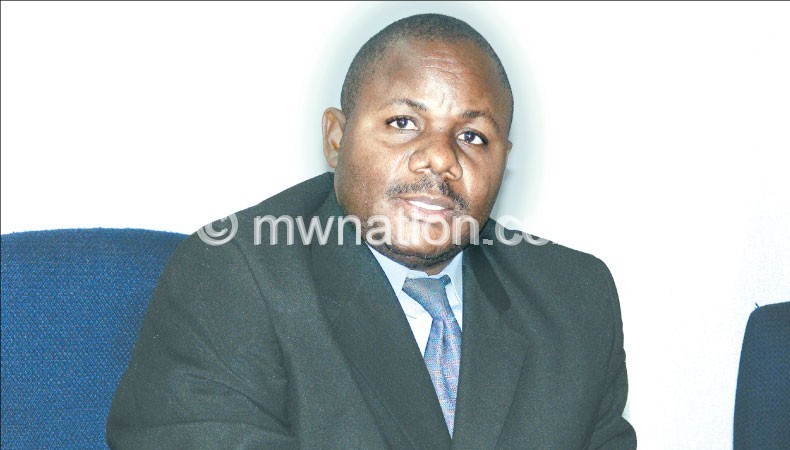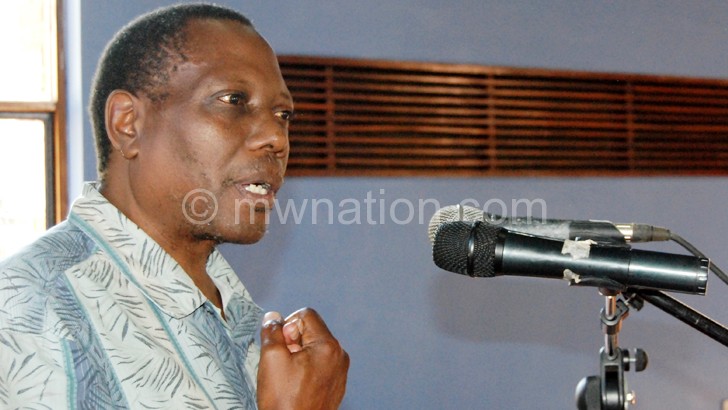Malawi kwacha in slight gain
The Malawi kwacha, which has been on a steep depreciation for the past three months, has slightly gained against three major foreign currencies, despite the country heading towards the lean period in foreign exchange supply.
The gain is also happening at a time sales of tobacco—the country’s major foreign currency earner—are heading towards the end.

In its latest financial market development report, Reserve Bank of Malawi (RBM) said the local unit has appreciated against the dollar, British pound and South Africa rand, but has marginally depreciated against the euro.
On Tuesday this week, the local currency traded at around K557.85 against the dollar, according to RBM, which is a gain from K570 to a greenback in the past weeks.
Foreign exchange rates in some authorised dealer banks (ADBs) also show that the kwacha is trading at around K560 to a dollar.
The central bank has not provided an explanation behind the gain in the value of the kwacha, but economics professor at Chancellor College, Ben Kaluwa, in an interview on Wednesday, attributed the slight appreciation to lower buying power among businesses.

He said since foreign exchange market is driven by demand and supply, the local currency might be appreciating not because the currency is doing fine on the supply side, but because people do not have the buying power.
Said Kaluwa: “For instance, if business is poor, demand for imports will reduce. Right now, the demand for one of Malawi’s major imports, petroleum products, is falling and this can result in the kwacha appreciating as people are substituting expenditure.”
On his part, Bankers Association of Malawi (BAM) president Misheck Esau said in an interview on Thursday the appreciation could be a result of declining demand for foreign currency, owing to the new levels of working capital required to import the same amount of goods imported before the depreciation started in June this year.
“One needs deep pockets and very profitable ventures to continue chasing the currency at such high rates. One would also say, the magnitude of depreciation was also strange considering the amount of foreign exchange reserves that are still being reported to this very day,” he said.
“On this score, one would say if the depreciation was also the work of speculators, then the speculation bubble has busted because the country has adequate currency to take us through the lean period if the figures are anything to go by.”
Esau also explained that one other cause of the local currency appreciation could be low liquidity experienced in August and September, observing that generally, it was expected that the reduction in liquidity reserve requirement (LRR) in July 2015 could result in excess liquidity that could increase demand for foreign currency, but this has not been the case.





